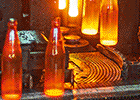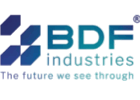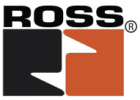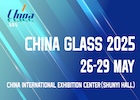Ardagh Group’s Knottingley, UK glass container facility is benefiting from a recent conversion of an existing production line to Simotion servo drive and FMT control technology.
Installed and commissioned by production machinery specialist Heye International, the highly flexible control system is based on the future-proof, multi axis Simotion drive system from Siemens.
Independently operating visualisation and real-time control is enabled delivering simplified access to all production data parameters and system error reports.
Enhanced reliability of the electronic components in combination with the application of a compact servo motor with robust resolver guarantee resilient, non-stop operation.
If control components need to be changed, complicated programming is not necessary because the configuration data is stored on a memory board.
When control is initiated, the data is automatically transferred.
Hence, commissioning times and downtimes during servicing are minimised, whilst the staff training requirements are reduced.
Retrofitting the Simotion and FMT control equipment at the Knottingley glass plant was combined with Heye’s technicians installing a series of glass container production technologies as part of the project.
This included the installation of a 3 inch triple gob feeder mechanism, Heye servo dual motor shears (type 2323, 3 inch triple gob) and a ‘futronic’ FMT VDM electronic timing system.
Along with 10-section crane rail equipment, the installation features replacement blank side valve blocks, the Heye 2157 servo pusher system, a Heye three axis servo lehr loader (type 4206), hot end reject equipment and Heye process control.
A Simotion IS conveyor and ware transfer conversion kit was supplied, together with a Simotion cross conveyor conversion kit.
The Heye Simotion Servodrive System is designed for nine drives and features two control cabinets.
Julie Watson, Director of Operations at Ardagh Glass Knottingley, said: “We are delighted with the good teamwork between Ardagh and Heye staff.
"The upgrade of our IS machine and equipment will lead us to the next level of high-end technology”.
The glassmaker is now looking forward to maximising the benefits of using process visualisation within the production process.


























